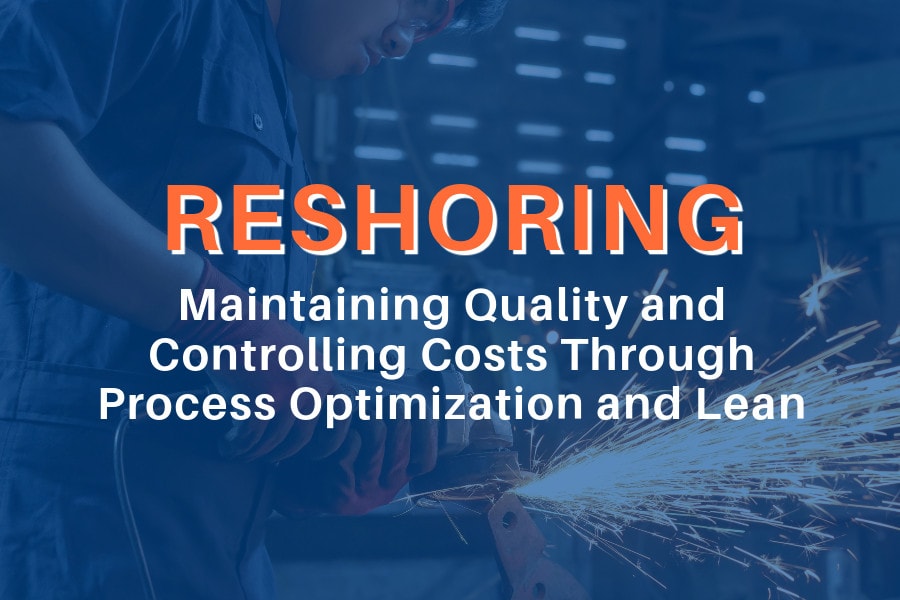In recent years, the landscape of global manufacturing has undergone a significant transformation. Rising costs associated with Chinese-produced goods, supply chain disruptions, and the need for greater cost and inventory control have prompted many companies to explore reshoring as a viable alternative. However, while reshoring offers proximity to domestic markets and potential cost savings, it comes with its own set of challenges, particularly in maintaining production quality while controlling costs.
The Nearshoring Trend
According to a recent Forbes article, American manufacturers are actively reshoring and nearshoring their production facilities. The COVID-19 pandemic highlighted the vulnerabilities of long, disrupted supply chains, port delays, increased freight and transportation costs, and trucking capacity issues, leading companies to consider moving production closer to home.
Reshoring (or onshoring) is defined as returning production of goods from low-cost regions (often in China or other Asian countries) closer to the producer’s home country. Nearshoring is returning production to a neighboring country (often in Mexico) for the benefits of easier communication due to time-zone and cultural alignment.
Nearshoring, in particular, has gained momentum as it allows manufacturers to leverage the cost advantages of neighboring countries like Mexico. While labor costs are generally lower in these regions, they often face a shortage of highly skilled labor (e.g. maintenance and set up), impacting overall labor productivity and efficiency.
Efficient Nearshoring Through Process Optimization and Lean
Efficiency and cost-effectiveness are key to the success of nearshoring production. Process optimization through Lean Transformation offers a solution to these challenges. Lean principles, inspired by world-class manufacturers such as the Toyota Production System, enable companies to achieve more with fewer high-skilled labor resources. Here’s how:
Increased Output: Lean tools such as standard work, quick changeovers, and 3P help streamline production processes, reducing waste and inefficiencies. This means that manufacturers can produce more with fewer resources, maximizing output and profitability.
High Quality: Maintaining high-quality standards is non-negotiable in today’s competitive markets. Mistake proofing and variation reduction Lean tools improve quality assurance processes, ensuring that products meet customers’ exacting expectations.
Maximize Productivity: Value stream mapping, often the first step in a Lean Transformation, is effective for identifying bottlenecks and sources of waste. Reducing these sources of waste through kaizen rapid process improvement events that engage front-line associates results in higher productivity better utilization of labor.
Cost Reduction: Lean techniques aim to eliminate waste including overproduction, excessive inventory, and underutilized labor. By reducing these inefficiencies, manufacturers can cut operational costs.
Flexibility: Lean Transformation makes operations more flexible and adaptable, enabling companies to respond promptly to changing customer and market demands.
Optimize Inventory Management: Nearshoring offers the inherent benefits resulting from lower inventories and just-in-time manufacturing. Reducing the risk of raw material shortages without building stocks of inventory offers real cash flow advantages and puts capital to work in a more efficient manner.
Improved Supply Chains: Applying lean techniques such as pull systems and sales, inventory, and operations planning (SIOP) results in smaller lot sizes, reduced lead times, lower freight costs, and lower inventory levels.
Strengthen Collaborations: Supply chain integration and real-time data sharing through improved supply chain management facilitates better vendor collaboration, ensuring that changes are adapted to in real-time without compromising quality and/or delivery.
Nearshoring and reshoring have become viable options for companies looking to maintain low-cost production while reducing supply chain risks. Efficient nearshoring through Lean Transformation, with the support of business transformation firms like NEXT LEVEL Partners can enable manufacturers to achieve these goals while keeping costs in check. We provide bilingual Lean Practitioners with over 20 years of process improvement expertise to ensure that manufacturers have the guidance and expertise needed to implement Lean practices effectively, optimizing their nearshoring operations for maximum efficiency and cost savings. If you’d like to learn more, contact us and a member of our team will reach out and share a successful reshoring case study.
Lean consulting, Lean manufacturing, Lean transformation



